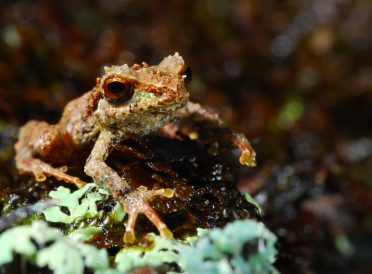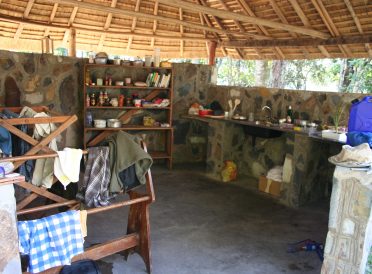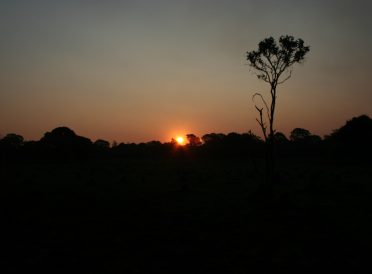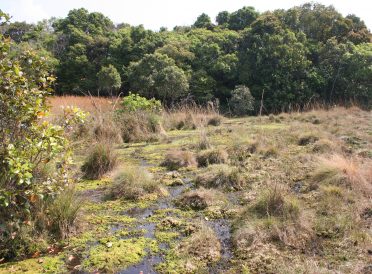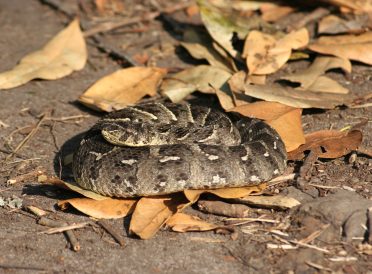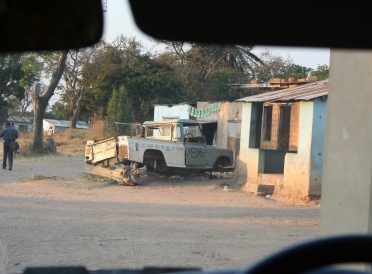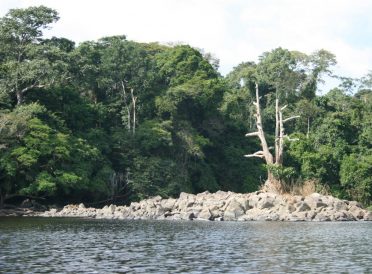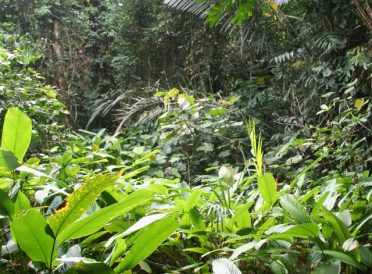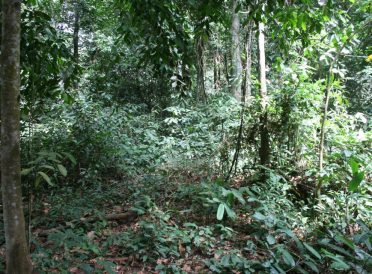Welcome to Dennis Rödder's Lab!
Considering the global biodiversity crisis, caused by massive habitat loss and anthropogenic climate change, we are facing considerable challenges that can only be assessed and ultimately mastered with the help of ecological modeling. The loss of biological and genetic diversity is already being observed in most biomes on Earth. Central questions are: what can limit the distribution of species? How can populations react to changes? Which adaptation mechanisms are available to them? How do they respond over different temporal and geographical scales, and how can predictive models be calculated in order to predict potential future developments? Research efforts on these topics have been considerably intensified in the last two decades, are highly interdisciplinary, and have produced many new exciting insights.
Together with my research group, I investigate the effects of climate and land use changes over different time scales from currently observable range shifts and rather short-term range dynamics of (invasive) species (a few years to decades) to evolutionary adaptations during speciation (several million years). Our favorite taxa are amphibians and reptiles, which are especially suitable study organisms given their high dependencies on environmental factors. Particular attention has always been paid to the search for causal ecological mechanisms that determine distribution and abundance patterns as a function of environmental factors. We use the knowledge gained to create future forecasts.
Over the years, we have been able to significantly expand the range of methods and optimize them using our own approaches, which are specifically developed to tackle complex questions. These include various techniques of correlative, mechanistic and hybrid species distribution modeling, climatology and remote sensing, paleontology, ecophysiology/thermobiology, movement ecology including modeling of land-use-dependent dispersal, invasion biology, aut- and synecology, phylo- and population genetics, as well as applied nature conservation planning. Self-developed methodological approaches include e.g. various techniques of species distribution modeling via multitemporal and drone-based remote sensing data as well as statistical methods for quantifying niche divergence patterns. The spatial scales considered are ranging from the analysis of global patterns of entire radiations to very fine-scale analyses of individual habitats in the range of a few centimeters.
In addition to the use of global databases, our field- and collection-based research often provides important databases for our analyses, for which I develop corresponding pipelines myself (R, Julia, etc.).

